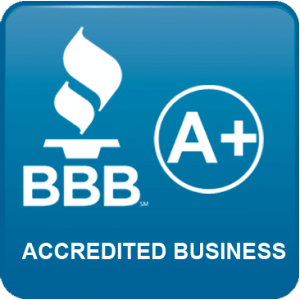Stop Making These Mistakes! Optimize Your Duda Layout Like a Pro!
Daryl Estrella • February 3, 2025
A well-structured website layout is crucial for creating an engaging user experience. Whether you’re building a new site or refining an existing one, thoughtful design choices can make all the difference in usability, aesthetics, and conversion rates. At DigitalTreehouse, located in Franklin, TN, we specialize in building high-performance websites using Duda, a powerful website builder known for its flexibility and intuitive design tools.
In this guide, we’ll explore best practices for layout design in Duda, helping you craft visually appealing and user-friendly websites that captivate your audience.
Understanding the Importance of Layout Design
A website’s layout is more than just aesthetics—it directly impacts how users interact with and navigate your content. A well-structured layout ensures:
- Easy Navigation – Visitors can find what they need quickly.
- Clear Hierarchy – Important content stands out.
- Better User Experience (UX) – A seamless journey keeps users engaged.
- Higher Conversion Rates – Well-placed calls to action (CTAs) encourage interaction.
Whether you’re building a landing page, a portfolio, or an e-commerce site, following best practices for layout design will set your site up for success.
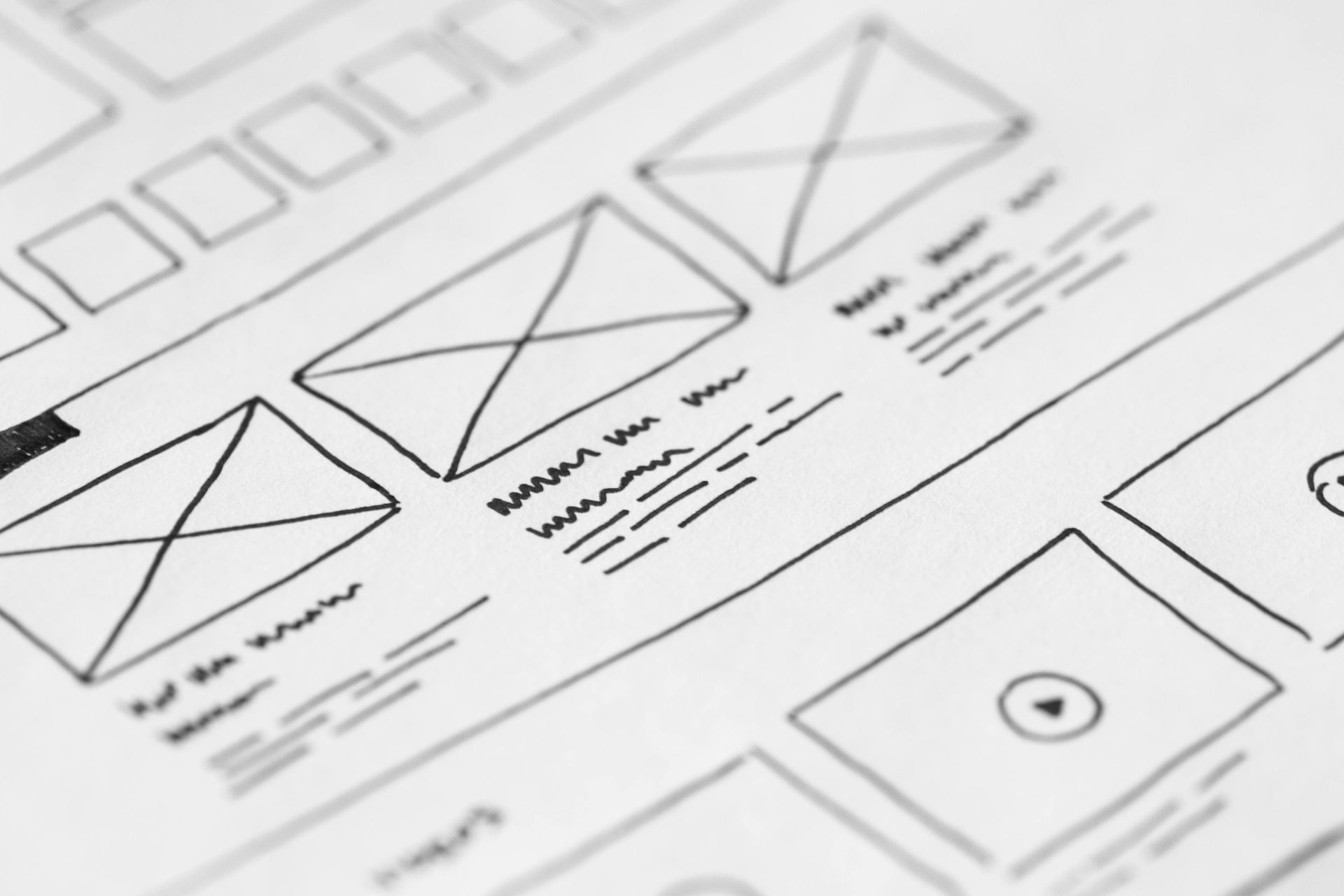
Choosing the Right Layout Structure
The first step in customizing a website is selecting the right template. Consider the following factors:
Grid-Based Design for Consistency
Duda’s built-in grid system ensures a clean, organized structure. Using a 12-column grid helps maintain alignment and consistency across pages.
Pro Tip: Stick to a three- or four-column layout for easy readability. Avoid overcrowding your pages with too many elements.
Mobile-First Approach
With over 50% of web traffic coming from mobile devices, designing for mobile-first ensures your site is optimized for all screen sizes. Duda’s responsive design tools allow you to adjust layouts for desktop, tablet, and mobile views.
Best Practices for Mobile-Friendly Layouts
- Use a single-column structure for mobile screens.
- Optimize font sizes and button spacing for touch interaction.
- Hide non-essential elements on smaller screens to improve readability.
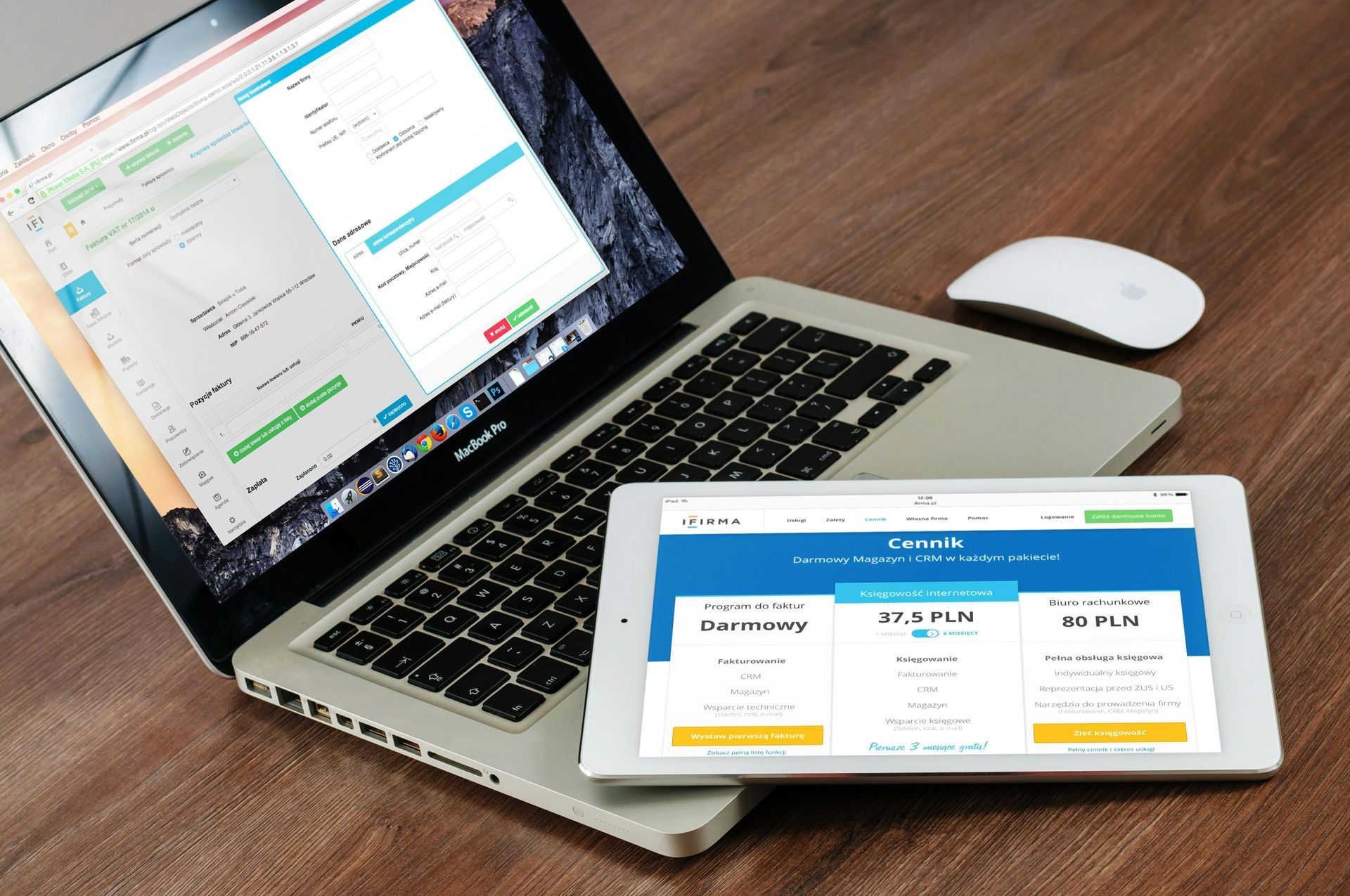
Creating a User-Friendly Navigation System
Keep Navigation Simple and Intuitive
Your menu should be easy to find and navigate. Follow these guidelines for a clean, user-friendly experience:
- Limit menu items to 5-7 essential links.
- Use descriptive labels instead of generic terms like “Services” (e.g., “Web Design Services”).
- Ensure navigation is visible at all times, either as a top bar or a sticky menu.
Pro Tip: Use a hamburger menu for mobile navigation to keep the interface clean and clutter-free.
Implement Breadcrumbs for Easy Navigation
Breadcrumbs help users track their location within a website, especially for e-commerce and large content sites. Duda makes it easy to integrate breadcrumb navigation for improved UX.

Designing Engaging Visual Hierarchy
Use White Space for Clarity
White space (negative space) enhances readability and keeps your layout uncluttered. It guides users’ attention to key elements, making content easier to digest.
Best Practices for White Space Usage
- Leave adequate space around text and images.
- Avoid excessive clutter—less is more!
- Use padding and margins effectively.
Establish a Clear Reading Flow
Users typically scan websites in an F-pattern or Z-pattern
- The F-pattern is common for text-heavy pages. Users scan horizontally and then move down.
- The Z-pattern is best for visual-heavy pages, guiding the eye from left to right.
Pro Tip: Place important CTAs and headings along these natural eye-tracking paths.
Stick to a Consistent Color Scheme
Your color palette should align with your brand identity while maintaining good contrast for readability.
- Use 2-3 primary colors for branding.
- Ensure sufficient contrast between text and background.
- Use accent colors to highlight CTAs and important sections.

Optimizing Call-to-Action (CTA) Placement
A strong CTA drives user engagement and conversions. Whether it’s "Get a Quote," "Contact Us," or "Shop Now," proper CTA placement ensures users take action.
Best Practices for CTA Design
- Use a bold, contrasting color to make the CTA stand out.
- Keep CTA text clear and action-oriented (e.g., “Start Your Free Trial” instead of “Submit”).
- Position CTAs in high-visibility areas like the top banner, mid-page, and at the end of sections.
Pro Tip: Add a sticky CTA button for mobile users to keep the action visible as they scroll.
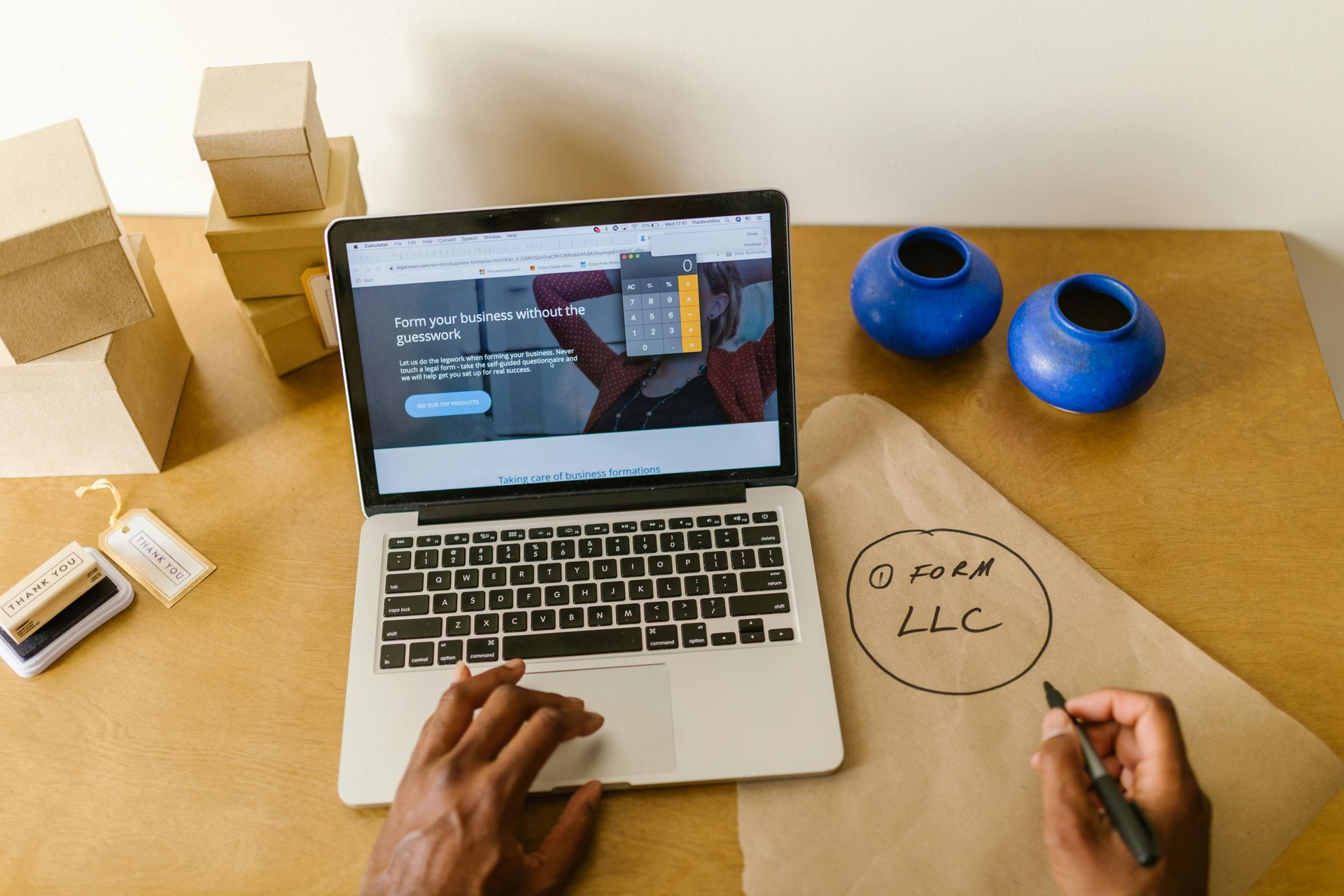
Enhancing Performance with Speed Optimization
A slow website can drive visitors away. Optimizing your layout ensures fast loading times and a smooth user experience.
Speed Optimization Tips
- Compress images without sacrificing quality.
- Minimize the use of heavy scripts and unnecessary animations
- Enable lazy loading for images to improve page speed.
Duda automatically optimizes content for fast performance, but additional tweaks can further enhance speed.
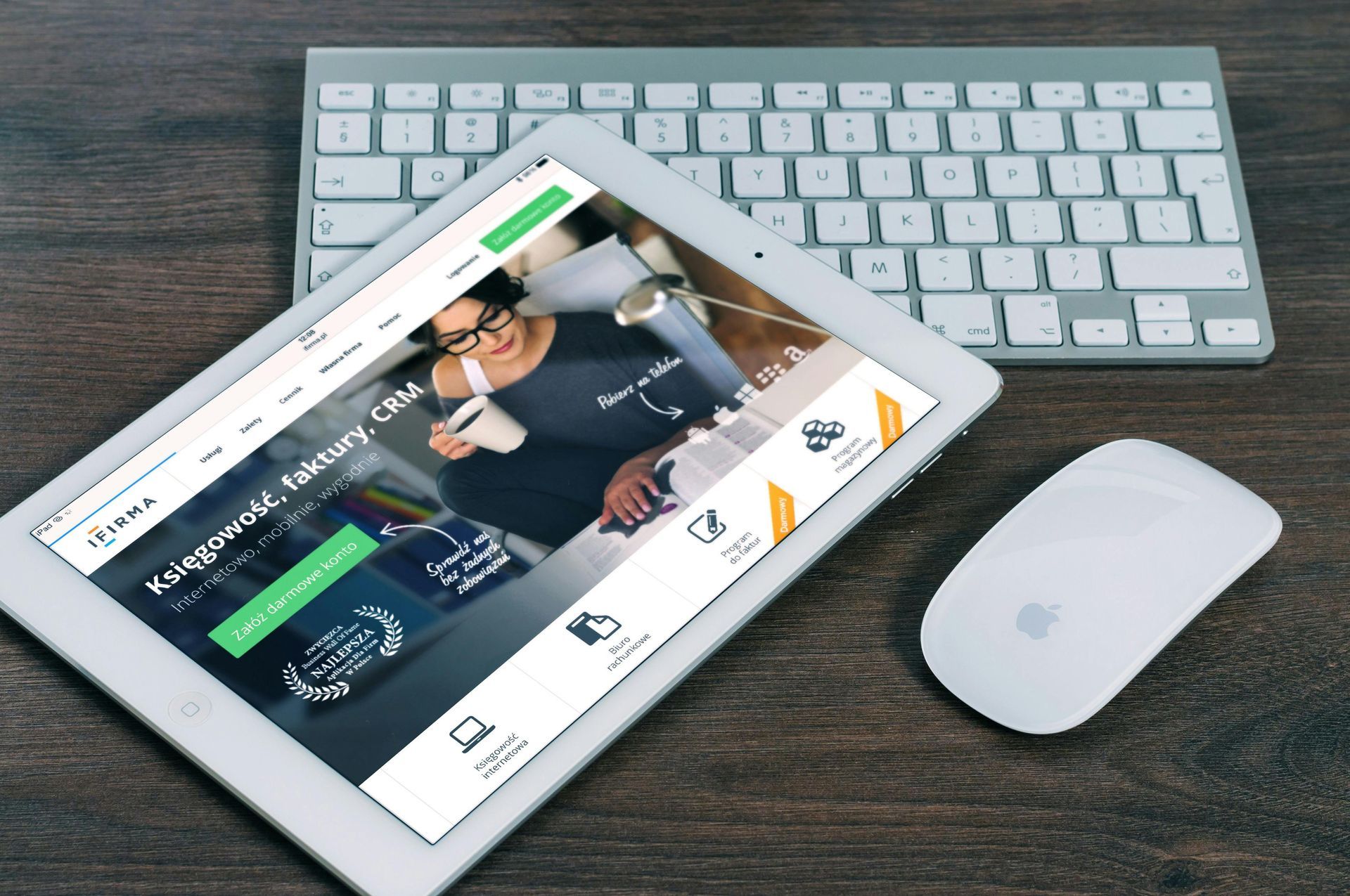
Testing & Refining Your Layout
Preview Your Layout on All Devices
Before publishing, use Duda’s device preview mode to check how your layout appears on desktop, tablet, and mobile screens.
A/B Testing for Best Results
Experiment with different layouts, CTA placements, and navigation structures to see what works best for your audience.
A/B Testing for Best Results
Ask real users to test your site and provide feedback on usability and design.
Why Choose DigitalTreehouse for Your Website Design?
At DigitalTreehouse, we take the complexity out of website design by leveraging Duda’s powerful platform to create custom, high-converting layouts for businesses in Franklin, TN, and beyond.
Our Services Include:
- Custom Duda website design tailored to your brand.
- SEO-optimized layouts for better search rankings.
- Performance and mobile optimization for a seamless user experience.
- Ongoing support and maintenance to keep your site running smoothly.
Frequently Asked Questions
What is the best layout for a business website?
The best layout depends on your industry, audience, and goals. A clean, grid-based design with clear CTAs and mobile-friendly navigation is recommended.
How does Duda ensure my website looks good on mobile devices?
Duda’s responsive design tools automatically adjust your layout for different screen sizes, ensuring a seamless mobile experience.
Can I customize a Duda template to match my brand?
Yes! Duda offers full customization options, allowing you to adjust colors, fonts, layouts, and content to fit your brand identity.
How do I improve my website’s speed on Duda?
Optimize images, use fewer heavy scripts, enable lazy loading, and minimize animations to improve loading times.
Why should I choose DigitalTreehouse for template customization?
We bring expertise in Duda website design, SEO, and user experience to create custom layouts that enhance engagement and conversions.
Let us help you build a stunning, high-performing website that drives results!
Contact DigitalTreehouse today and let’s bring your vision to life!
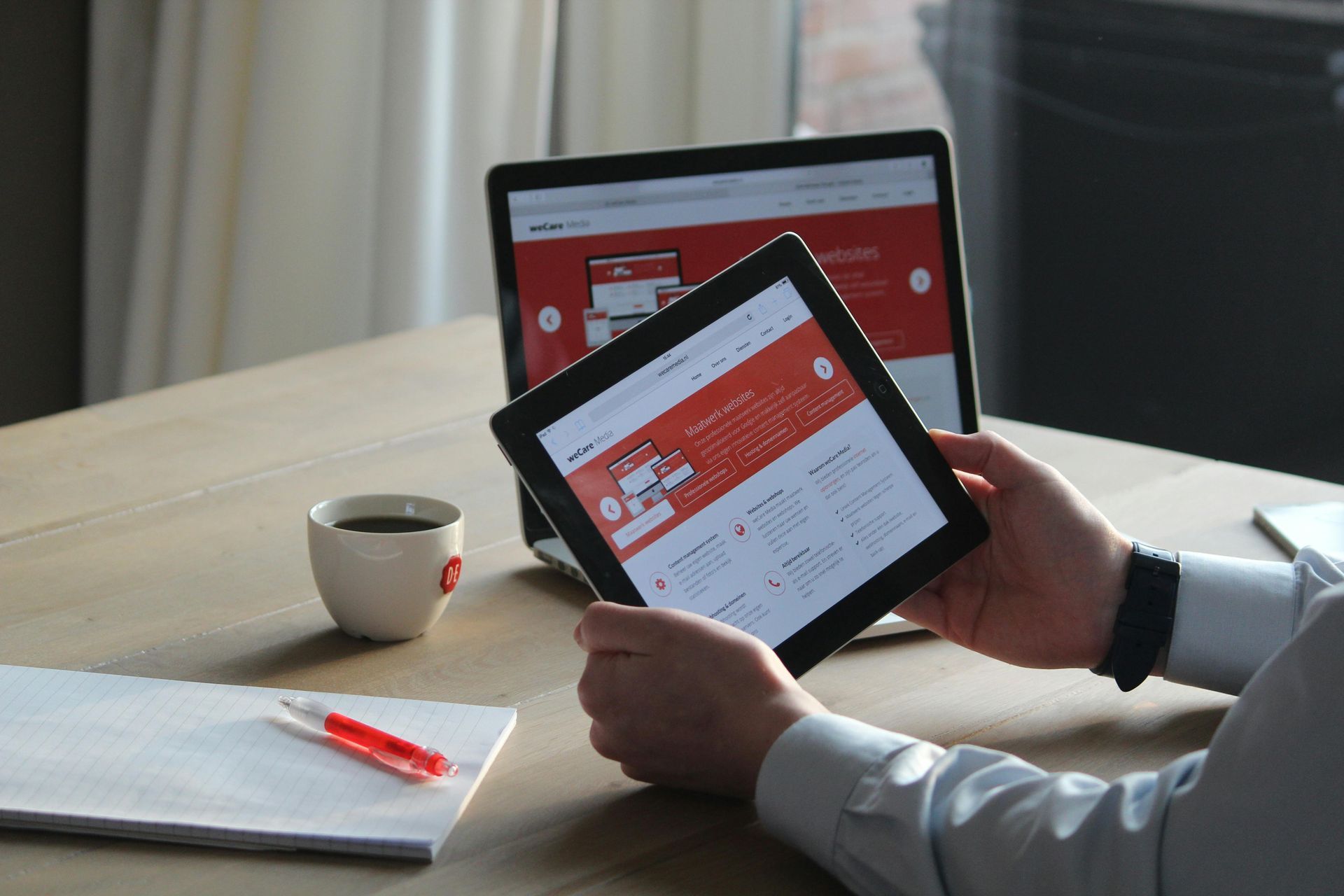
SHARE ARTICLE
Schedule Your FREE 15-Minute Consultation
oUR rECENT bLOGS








